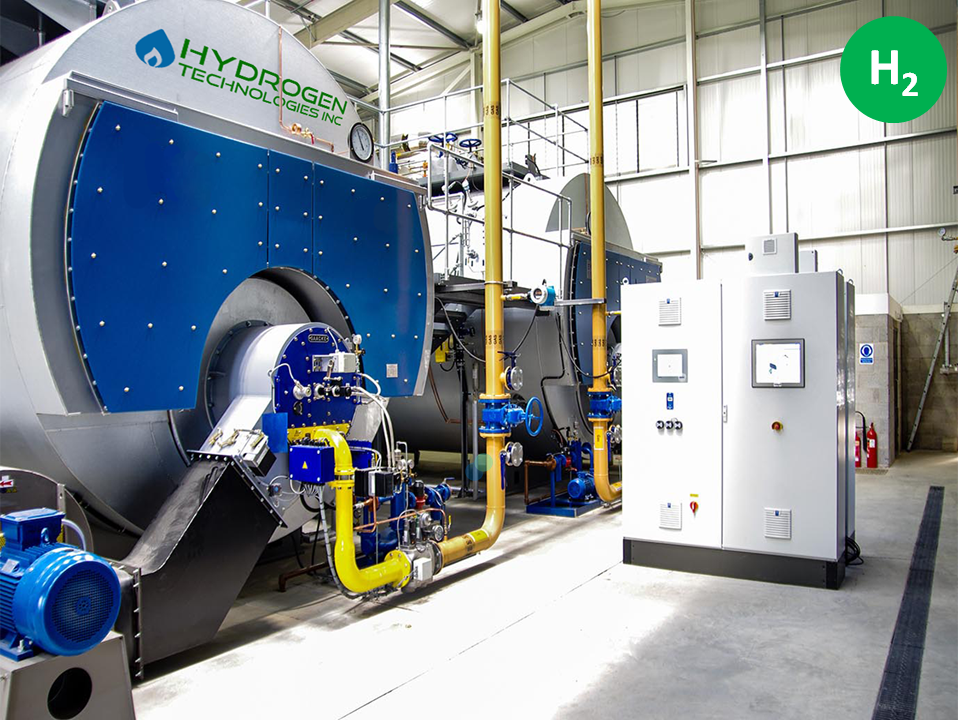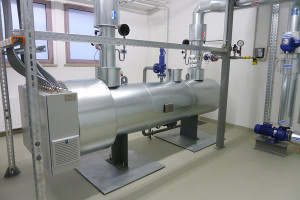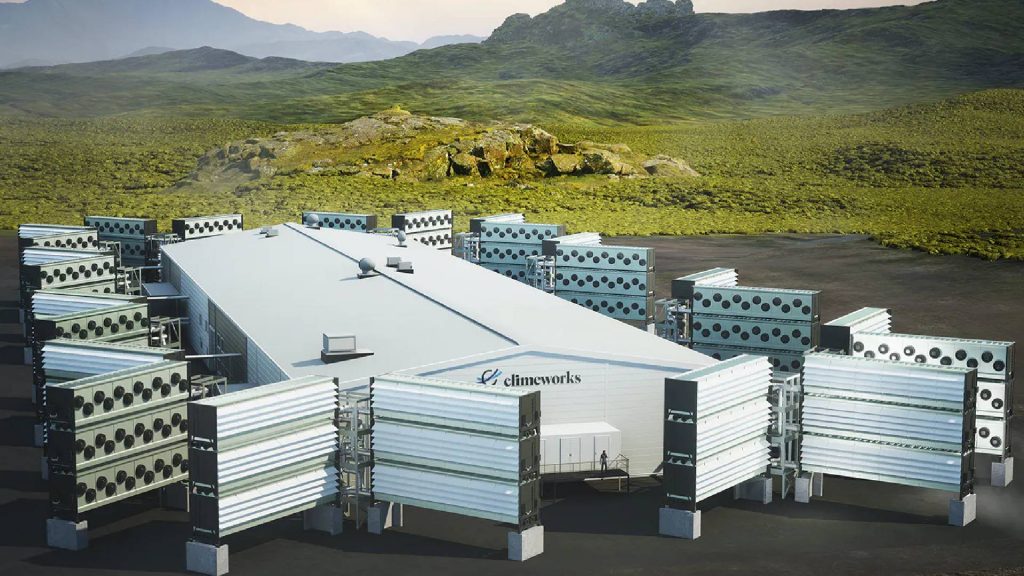Industrial Heat Decarbonisation
18th August 2023
The scale of the problem
Industrial activities contribute to approximately 29% of global greenhouse gas emissions, making it a major contributor to climate change. A significant factor behind this is the industries reliance on fossil fuels for heat generation. Heat accounts for two-thirds of industrial energy demand and nearly one-fifth of global energy consumption.
Addressing the decarbonisation of industrial heat is crucial in our global strategy to combat climate change. However, this remains a complex challenge due to the diverse heat requirements across different industrial processes. Fortunately, an increasing number of solutions, including emerging technologies capable of high-temperature applications, are available in the market.
In this article, we will delve deeper into these heat decarbonisation solutions to assist businesses in determining the most suitable path towards achieving carbon neutrality.
Recognising the Challenges in Decarbonising Industrial Heat
Manufacturers employ heat in various processes, each with distinct temperature and quality requirements. Therefore, it is essential to have heat solutions that are compatible with different products and process conditions. Generally, decarbonising low-grade heating is easier due to the availability of mature solutions. On the other hand, high-temperature requirements still rely on emerging technologies, although they are expected to become more readily available soon.
Replacing existing equipment and infrastructure can be costly, especially if they have not reached the end of their lifespan. Since energy assets typically have a long life, manufacturers may hesitate to replace them.
Current Solutions for Heat Decarbonisation
Several sustainable and low-carbon heat technologies can be employed in industrial processes, including solar thermal systems, geothermal heat pumps, biomass boilers, and wind-powered heat systems. Researchers are continuously working on addressing high-temperature solutions. At WAVE, we can assist you in understanding how to integrate and leverage these new technologies effectively while supporting the UK’s transition towards carbon neutrality.
Here are a few examples of these technologies:
1. Geothermal: Has limited scope as is region-specific and involves complex and often costly drilling operations. However, can effectively generates hot water and can be useful for some industrial heat.
2. Solar thermal: An excellent low-carbon technology that is underutilized in the UK. Solar thermal systems can absorb heat even during winter, reducing energy costs. It can be relatively inexpensive to install in new buildings and has a lifespan of 20-25 years, although efficiency depends on the deployment location.
3. Heat pumps: Heat pumps can efficiently generate heat without direct carbon emissions. This is currently, the only proven technology available for rollout for fully decarbonizing heat and hot water. However, they are more suitable for low temperatures and less efficient for higher temperature applications.
4. Biomass boilers: Biomass boilers and combined heat and power (CHP) systems use organic materials like agricultural waste to generate heat and electricity. These can be excellent sources of renewable energy, and biomass can provide low-carbon heat.
5. Biogas/biomethane: Converts waste products into a sustainable and cost-effective source of heat and power. Availability in the UK is limited, and careful consideration of feedstock sources is required to ensure genuine carbon efficiency.
Emerging Solutions for Heat Decarbonization
There are various technologies are under development show some promise to decarbonize heat in manufacturing . These include hydrogen, electro processing, and carbon capture, use and storage (CCUS). Each solution has a role to play in decarbonization, suiting different temperature ranges and applications.
1. Hydrogen: While unlikely to be used for general heating in buildings due to scarcity, cost, and efficiency concerns, hydrogen shows promise for very high-temperature processes where alternatives are limited. Green hydrogen can be produced using excess renewable energy making this have zero carbon potential.

2. Carbon capture, use and storage (CCUS): This emerging technology holds significant promise. Once fully scaled and deployed, CCUS is expected to play a central role in generating negative emissions. As of 2022, about one thousandth of global CO2 emissions are captured by CCUS.

3. Carbon capture, use and storage (CCUS): This emerging technology holds significant promise. Once fully scaled and deployed, CCUS is expected to play a central role in generating negative emissions. As of 2022, about one thousandth of global CO2 emissions are captured by CCUS. The technology generally has a success rate of between 50 and 68% of captured carbon. but some projects have exceeded 95% efficiency. So, there is still large scope to improve and roll out this technology.

Can the UK meet the 2050 Decarbonisation Deadline?
Decarbonising heat in the industry poses a significant challenge due to the substantial heat requirements for high-temperature processes. Unfortunately, this aspect of carbon emission reduction has historically been overlooked.
However, continuous advancements in low carbon heating technologies, including enhanced efficiency and availability, are changing the landscape. With the right level of urgency and investment, it is highly possible for the UK to succeed. In the meantime, manufacturers should focus on developing a robust strategy that identifies immediate steps to be taken and opportunities for the future.


